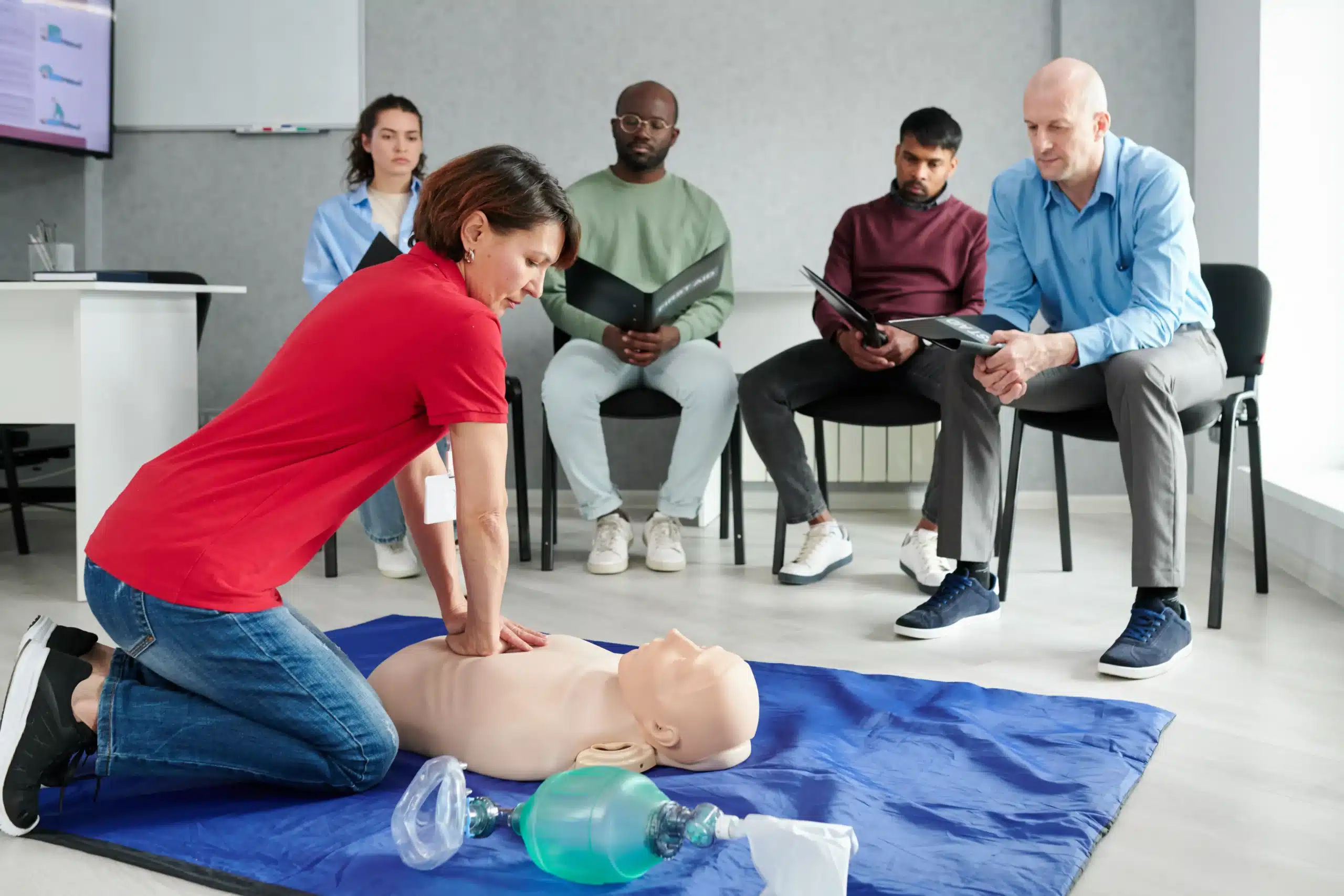Cardiopulmonary resuscitation (CPR) is a life-saving technique that everyone should know. Despite its critical importance, many misconceptions surround CPR. These myths often deter people from taking action in emergencies. In this blog post, we will debunk five common CPR myths, providing you with accurate information and empowering you to act confidently if you find yourself in a situation where CPR is needed.
Understanding CPR
Before we explore these myths, it’s crucial to understand what CPR entails. CPR is an emergency procedure performed to restore blood circulation and breathing in a person whose heart has stopped beating. By manually compressing the chest and supplying breaths, the rescuer maintains blood flow and oxygen supply to vital organs until professional medical help arrives.
Myth 1: Only Medical Professionals Can Perform CPR
One of the most pervasive myths is that CPR should only be performed by medical professionals. The reality is that anyone can learn and perform CPR effectively. Immediate action is often needed in cardiac arrests, and waiting for professionals can lead to critical delays. Training for CPR is widely available, and many organizations offer courses to teach these vital skills to the general public. Remember, the few minutes you take to perform CPR could be the difference between life and death for someone in need.
Myth 2: You Can Hurt Someone by Performing CPR Incorrectly
Fear of causing harm prevents many people from attempting CPR. While it’s true that performing CPR can occasionally result in rib fractures, the potential benefits far outweigh the risks. Immediate CPR can double or triple a victim’s chances of survival after cardiac arrest. The primary goal is to maintain blood flow, and even imperfect CPR is better than no attempt at all. Always aim for firm, consistent chest compressions about 2 inches deep at a rate of 100 to 120 compressions per minute.
Myth 3: Mouth-to-Mouth is Always Required
Many are hesitant to perform CPR due to the misconception that mouth-to-mouth resuscitation is mandatory. While rescue breaths can be beneficial, hands-only CPR is often sufficient in adult cardiac arrest cases. The American Heart Association recommends hands-only CPR for untrained bystanders or those uncomfortable with mouth-to-mouth contact. This method involves uninterrupted chest compressions, keeping blood flowing until medical professionals arrive.
Myth 4: CPR Always Revives the Patient
Contrary to popular belief, CPR does not guarantee revival. Its primary function is to maintain circulation and preserve brain function until advanced care is available. The success of CPR can depend on various factors, including how quickly it is administered and the cause of the cardiac arrest. While CPR is a critical component of emergency response, it’s essential to understand its limitations and not become discouraged if immediate revival does not occur.
Myth 5: You Need to be Certified to Perform CPR Legally
Another common myth is that you must be CPR-certified to legally perform the procedure. While certification is beneficial as it provides formal training, Good Samaritan laws in many areas protect individuals who assist those in need, even if they are not certified. The legal protection typically applies as long as the rescuer acts in good faith and within their knowledge limits. This myth should not deter anyone from attempting to save a life in an emergency.
The Importance of CPR Training
While reading about CPR is a good start, formal training is invaluable. CPR courses provide hands-on practice and build confidence in your ability to respond in an emergency. Many organizations, such as the Safety Training Seminars, offer both in-person and online training. Equip yourself with the skills to help save lives.
Take Action and Spread Awareness
Armed with accurate information, you’re now in a position to make a difference. Take the step to learn CPR if you haven’t already, and encourage others to do the same. By dispelling these myths and spreading awareness, we can increase the number of people ready to respond effectively in emergencies.






